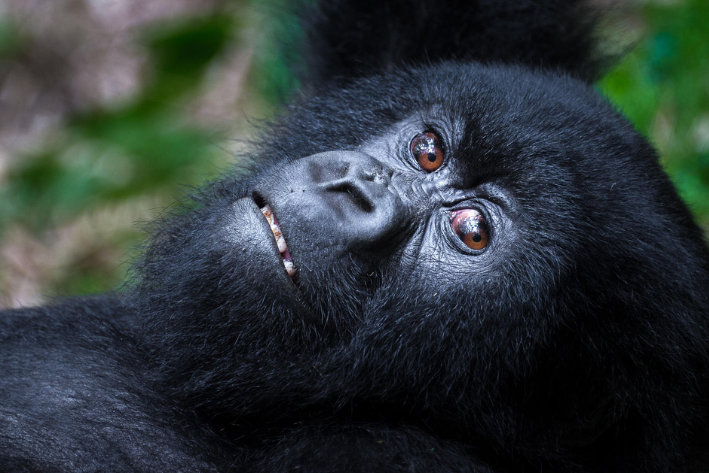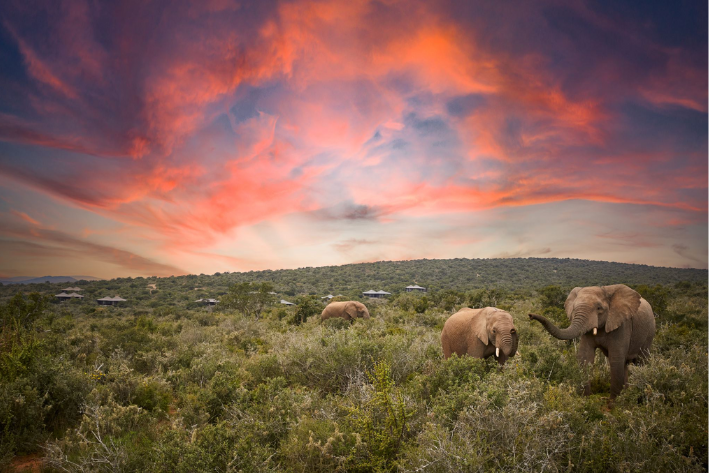How to pack for your African Safari
Handy tips for putting together the perfect safari bag
A guide to everything you need on your African adventure…
After months of careful planning with Stanley Safaris, your plane tickets are booked, the camps can’t wait to have you and you’re prepared for your African adventure. There’s just one more thing to worry about – what are you going to pack?
Packing for a safari is slightly more complicated than your average vacation – you have to think about the type of bags you bring, the colors of clothing you pack as well as that pesky bad weather that’s always a possibility. It can be overwhelming, but luckily, we have decades of experience travelling Africa and packing for eventualities, so in this blog we’ll share our foolproof guide to perfect safari packing every time!
Choosing the right luggage
Choosing the correct type of luggage will have a huge impact on the flow of your safari. Your bag needs to be tough enough to take on being manhandled at various international and local airports, while still supple enough to be crammed into the often tiny compartments in the light aircrafts often used between camps. For this reason, we highly recommend a trusty duffel bag. It is very important NOT to make use of a hard-shell suitcase as this will not fit into light aircrafts and you will be asked to repack your belongings.
Another reason we love a good duffel bag is because they weigh next to nothing when empty. Luggage weight restrictions can range anywhere between 12kg (26lbs) to 20kg (44lbs) so a light bag allows you to pack more into it! We will always confirm your luggage restrictions with you when booking your flights.
Also important to remember is that it is essential to bring a bag that is able to lock. Your luggage will often need to make its way across various airports on its African adventure, coming into contact with many different people along the way, so it’s best to put a lock on your bag to avoid loss of your personal belongings.
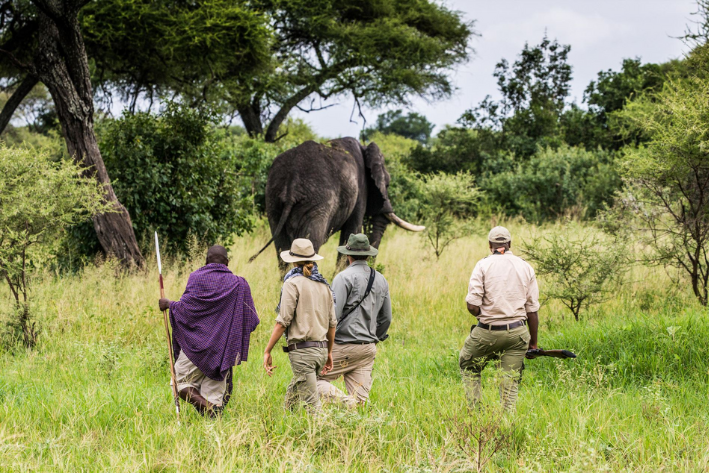
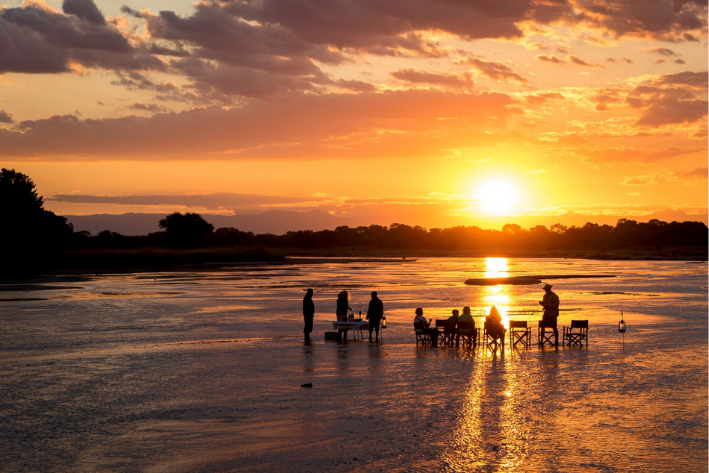

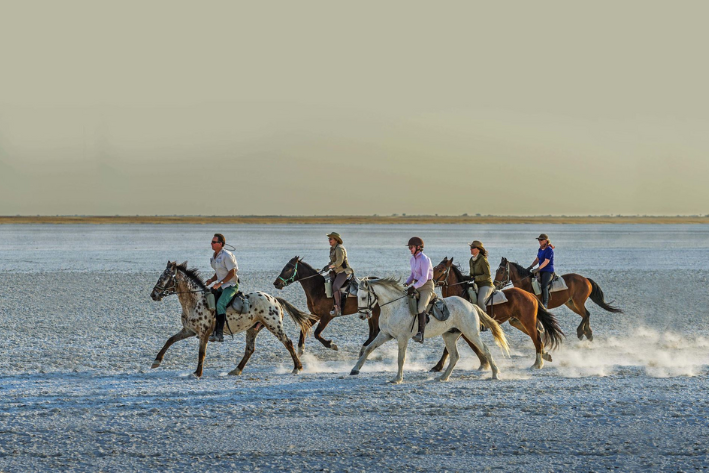

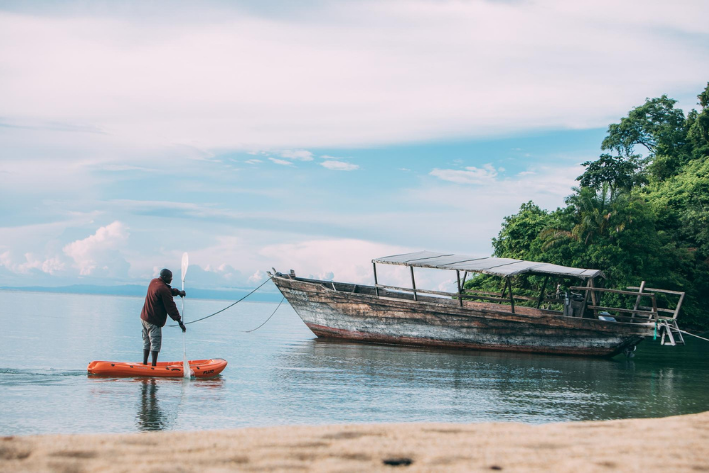
Getting to grips with Geography
Understanding what to expect from the climate in your destination is the foundation phase of safari packing 101. We’re always happy to answer any questions you might have, but as a rule of thumb, the following applies:
East and Central Africa generally have a tropical, equatorial climate which means you won’t have the same seasonal changes you’d find in the northern or southern hemispheres. This means the temperatures are fairly steady but are affected more by altitude than actual seasonal changes.
The higher you are the colder it’s going to be in the early mornings and evenings. Kenya, for example, ranges in elevation from sea-level at its coast, to high plateaus that are more than 2,000m above sea-level! It also has mountain ranges that soar up to just over 5,000m, creating microclimates in the process.
Topography also plays a role – dense, mountainous rain forests such as those found in Uganda, Rwanda, Congo and the Central African Republic are more humid and wet year-round than the wide-open plains and savannahs of Kenya and Tanzania, which experience distinct rainy and dry seasons.
The main rainy season is generally from April to early June, followed by a dry season that lasts from July until September. A second rainy season typically kicks in from October to December.
Southern Africa experiences distinct seasonal changes that are generally the direct opposite to those found in the northern hemisphere. Spring is between September and November, summer from December to February, autumn (fall) from March to May and winter from June to August.
The annual rains generally take place from November onwards and are at their peak from December to March. This is when it’s hot and humid but also when birding is at its peak, thanks to the influx of summer migrant species.
Spring and summer are the warmest seasons, but autumn and winter largely experience lovely warm, sunny days but chilly to very cold nights.
When people think of Africa, they automatically think it is going to be hot everywhere they go, and this often catches people out when they get here. Some of the best game viewing is during our winter months as this is when it is driest, but it is also the coldest time of the year to be in Southern Africa. Made up of the Kalahari Sands, countries like Namibia, Botswana, Zimbabwe and parts of South Africa can get exceptionally cold in winter, especially for those early morning game drives on an open safari vehicle. So make sure you pack warm, layered clothing that can be removed as the sun warms things up.
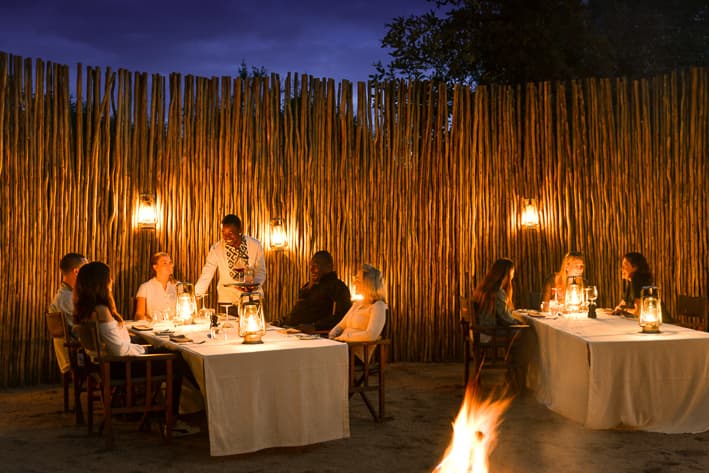


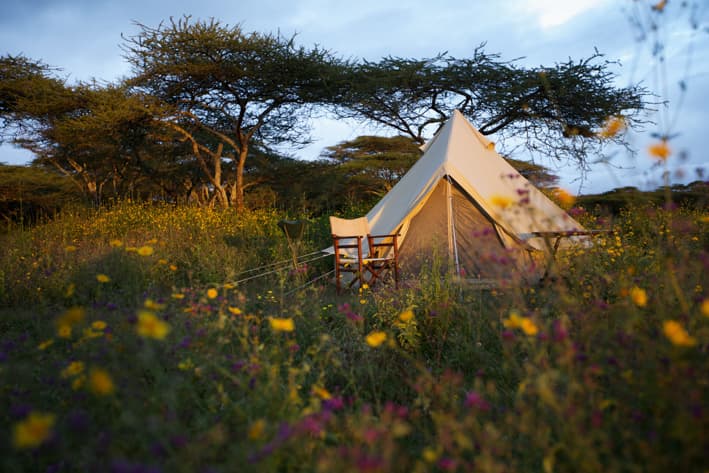
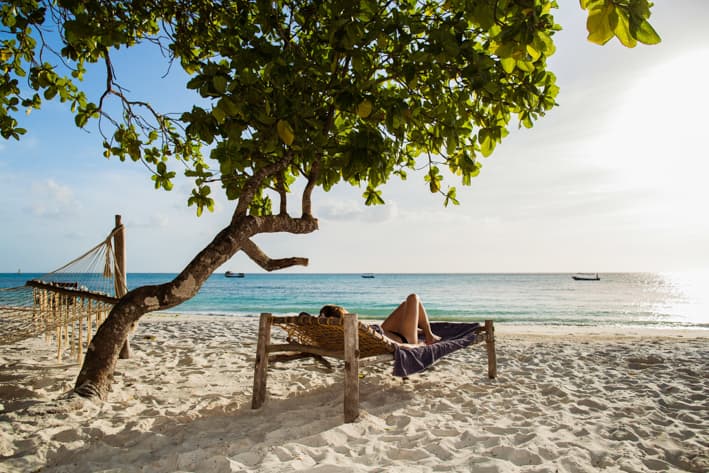
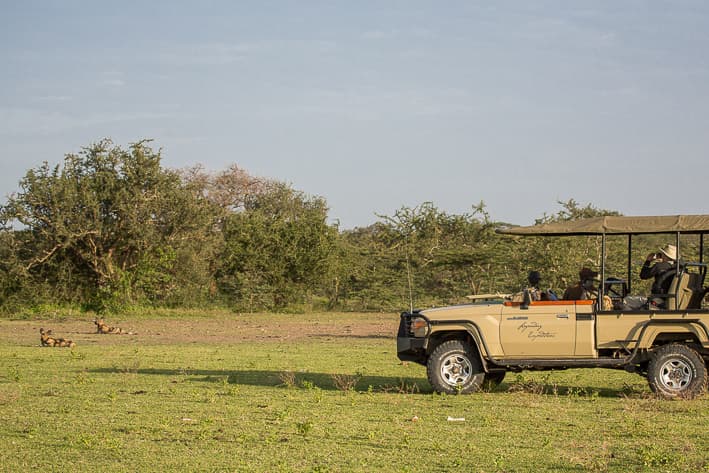
Dress for Safari Success
- If we had to choose one thing for you to remember from this blog, it’s to pack layers and comfy shoes (okay, maybe two things). These are the key to an enjoyable trip. Looking great on your adventure means nothing if you’re constantly being distracted by being too hot, too cold or having sore feet!
Generally, we would recommend the following packing list:
All Year-Round:
- Three or four tee-shirts
- A couple of long-sleeved shirts
- Two or three pairs of shorts and/or cargo pants
- Two pairs of long trousers
- A lightweight windbreaker or weatherproof jacket
- A couple of lightweight jerseys
- Swimsuit
- Hat
- Sunglasses
- Flipflops
- Closed walking shoes
- Rugged sandals/open walking shoes
Winter/Cooler Climates:
- Lightweight fleece or puffer jacket
- Beanie hat, scarf and gloves
- Thermal under garments
- Warm socks
- Walking boots
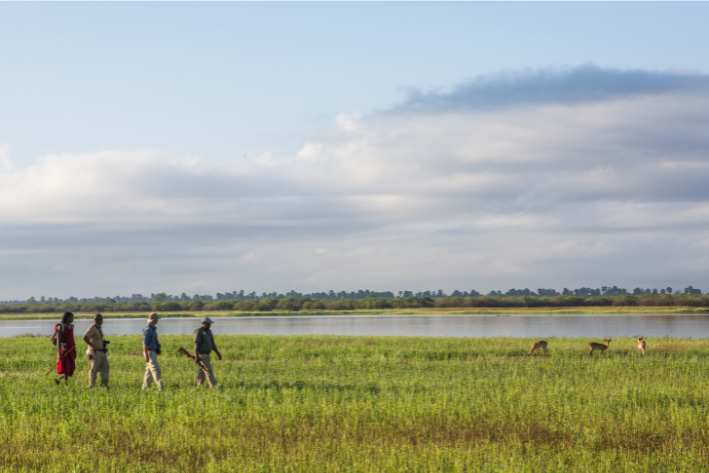
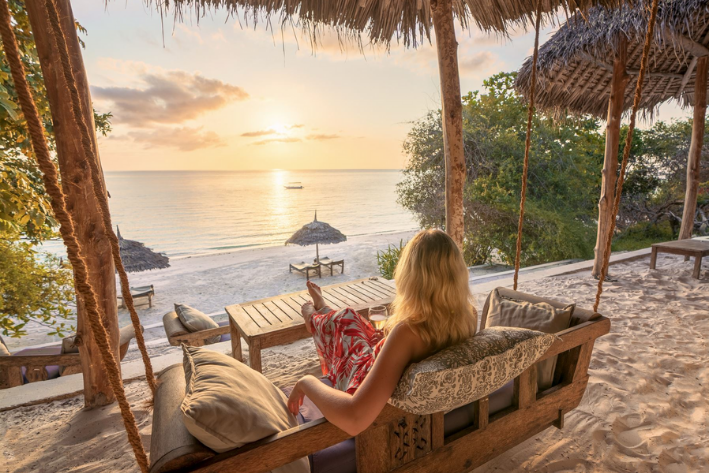
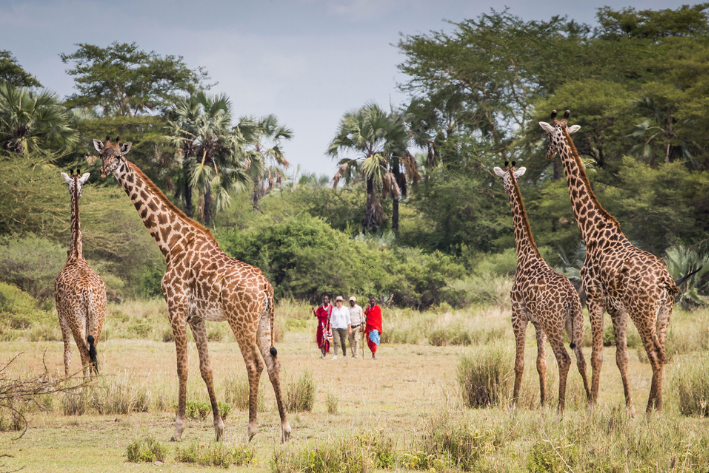


Getting into the safari specifics
Now that we have a general idea of what to pack, let’s talk about some of the specifics.
Neutral colors are a must! When it comes to safaris, khaki is king, followed by beige, cream, taupe, greys and browns. White is a no-no on game activities as it can make you stand out, but it’s nice to wear around camp. Just remember it’s going to get dirty quickly. Black can attract insects like tsetse flies and also absorbs heat. Blues work as long as you go for muted shades. When it comes to footwear, we usually recommend a pair of comfy walking shoes, like a sturdy pair of trainers as they aren’t too bright!
Sun Protection is essential! We highly recommend wearing sunscreen, especially when you’re on a game drive or walking safari. Hats are also important – just make sure it fits well enough to avoid blowing away when you’re out and about.
Cultural sensitivity and respect
Many African countries are somewhat more conservative than western ones, so it’s important to be considerate of the type of clothes you are bringing on your safari, especially if you are planning on spending time with the local people.
Another important mention is that in some African countries, it is not culturally acceptable to submit smalls/underwear to the laundry. In these cases, you will be provided with washing powder in your bathroom to enable you to wash these yourself.

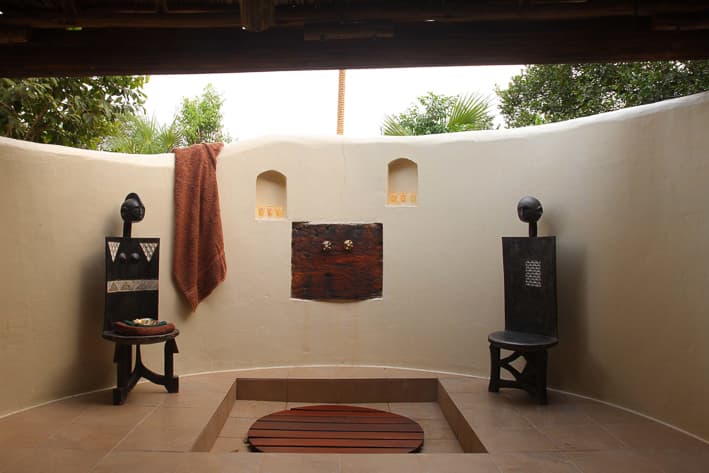
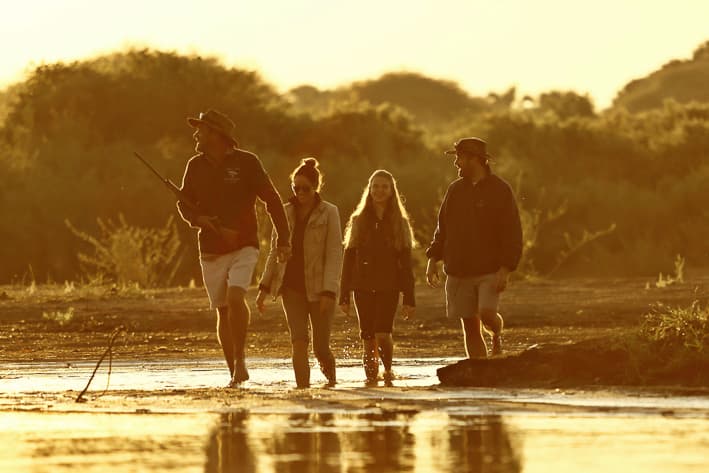
An explorers guide to getting it all in!
Toiletries tend to take up plenty of space, so it’s a good idea to distill your favorite brands into small containers that will be just enough for your trip. Alternatively, all lodges and camps offer in house amenities like shampoo, body wash and lotion, so you don’t have to pack these unless you are partial to your particular brand. Remember to pack any medicines you’ll need and to bring copies of prescriptions for any scheduled drugs you may require.
Pack your toiletries etc in a waterproof bag in your check-in luggage to avoid falling foul of liquid restrictions for carry-on luggage. A handy tip is to either double bag the toiletry bag or use Ziplock style bags so that if there are any leakages during travel, they are contained.
Once you have selected all the items that are travelling with you, it’s a good idea to lay them out somewhere flat, be it the floor, a dining room table or your bed. Organize them into separate piles and then decide how you are going to pack them to best use the space you have available.
You can opt for packing cells, which are available from most high street outdoors stores. This enables you to pack your separate piles into small mesh bags that can easily be arranged in your bag, making packing and unpacking multiple times easy.
If you choose the traditional way of packing, one trick is to roll each item as tightly as possible and stack them neatly in the bag to prevent creasing and too much moving around during transit. Put shoes into resealable “Ziploc” style plastic bags to protect your clothing and put them in the bottom of your bag, or around the edges to help maintain a good shape. Evenly distribute heavier items for easier carrying.
And there you have it – your bags are packed and you’re ready for your African adventure! We can’t wait to hear about your travels. As always, we are a message away if you’d like any further information. Reach out personally or contact us on our website for more. Happy travelling!

